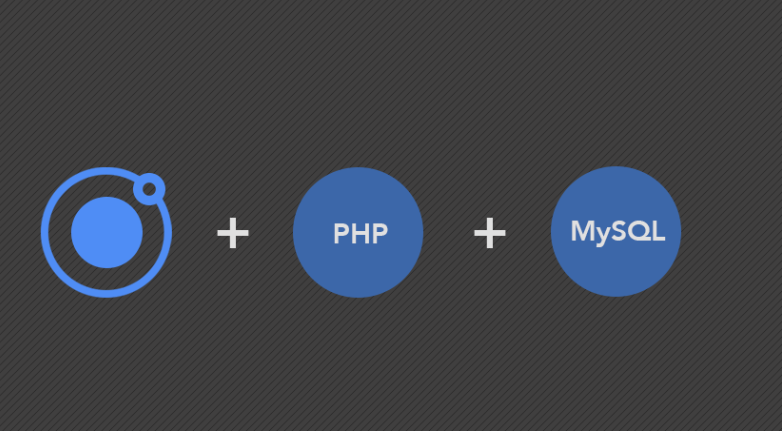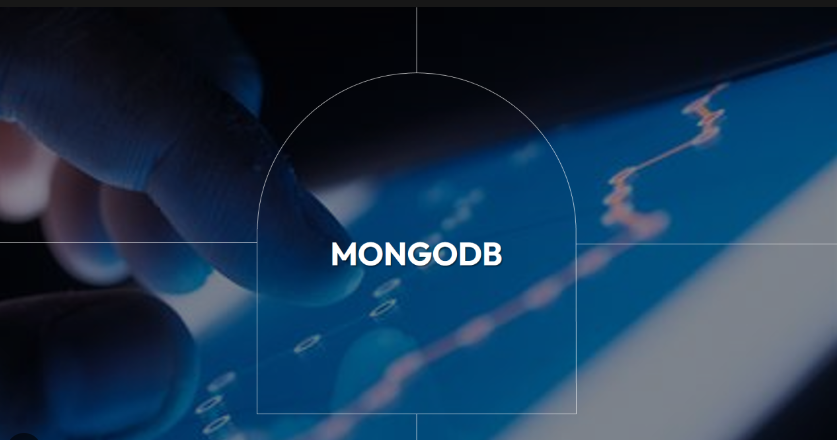
In the realm of web development, database integration with PHP plays a pivotal role. Databases store the lifeblood of your applications – user data, product information, content, and more. PHP, a versatile server-side scripting language, empowers you to seamlessly connect to various database management systems (DBMS) like MySQL, PostgreSQL, and MongoDB. This blog post delves into the fundamentals of database integration with PHP, guiding you through connecting to these popular DBMS options.
Why Integrate Databases with PHP?
Database integration with PHP unlocks a treasure trove of benefits for your web applications. Databases offer persistent storage, meaning data is retained even after a user session ends or your web server restarts. This allows you to manage user accounts, store product catalogs, track user interactions, and much more. Additionally, databases enable efficient data retrieval and manipulation, making it easier to manage and display information dynamically within your applications.
Connecting to MySQL: A Popular Choice for Many
MySQL is a widely used open-source relational database management system (RDBMS). PHP offers built-in functions like mysqli and PDO for establishing connections to MySQL databases. These functions allow you to execute queries, retrieve data, and perform various database operations programmatically within your PHP code.
Exploring PostgreSQL: A Powerful Object-Relational Option
PostgreSQL is another popular open-source option that offers advanced features like object-relational capabilities and robust data integrity checks. Similar to MySQL, PHP provides functions like pg_connect and PDO to connect and interact with PostgreSQL databases. PostgreSQL can be a compelling choice for applications requiring complex data relationships and advanced data manipulation functionalities.
Unveiling MongoDB: A NoSQL Option for Flexible Data Structures
MongoDB is a popular NoSQL database management system known for its flexibility and scalability. PHP libraries like the official MongoDB PHP driver allow you to connect and interact with MongoDB databases. NoSQL databases are ideal for storing data with flexible schemas that may evolve over time, such as user preferences or social media content.
Essential Considerations for Database Integration
Regardless of the chosen DBMS, some core concepts remain central to database integration with PHP. Here are some crucial aspects to consider:
Connection Establishment
Utilize the appropriate PHP functions or libraries to establish a connection to your chosen database server.
Database Credentials
Securely store your database credentials, such as username, password, and hostname, to prevent unauthorized access.
Query Execution
Craft SQL queries (for relational databases) or specific commands (for NoSQL databases) to retrieve, insert, update, or delete data within your database.
Error Handling
Implement robust error handling mechanisms to gracefully handle potential database connection or query execution errors within your PHP code.
Safeguarding Your Database Integration
When integrating databases with PHP, prioritize security measures. Always securely store database credentials, sanitize user input to prevent SQL injection attacks, and validate data before processing it within your application. Additionally, regularly update your PHP code and database server software to address any known vulnerabilities.
Conclusion: A Foundation for Dynamic Applications
Database integration with PHP empowers you to build robust and dynamic web applications. By understanding the core concepts, exploring popular DBMS options like MySQL, PostgreSQL, and MongoDB, and prioritizing security, you can establish a solid foundation for data-driven applications that meet the evolving needs of your users. Remember, database integration with PHP is an ongoing learning journey. As you delve deeper into its functionalities, you’ll unlock a world of possibilities for your web development endeavors.

